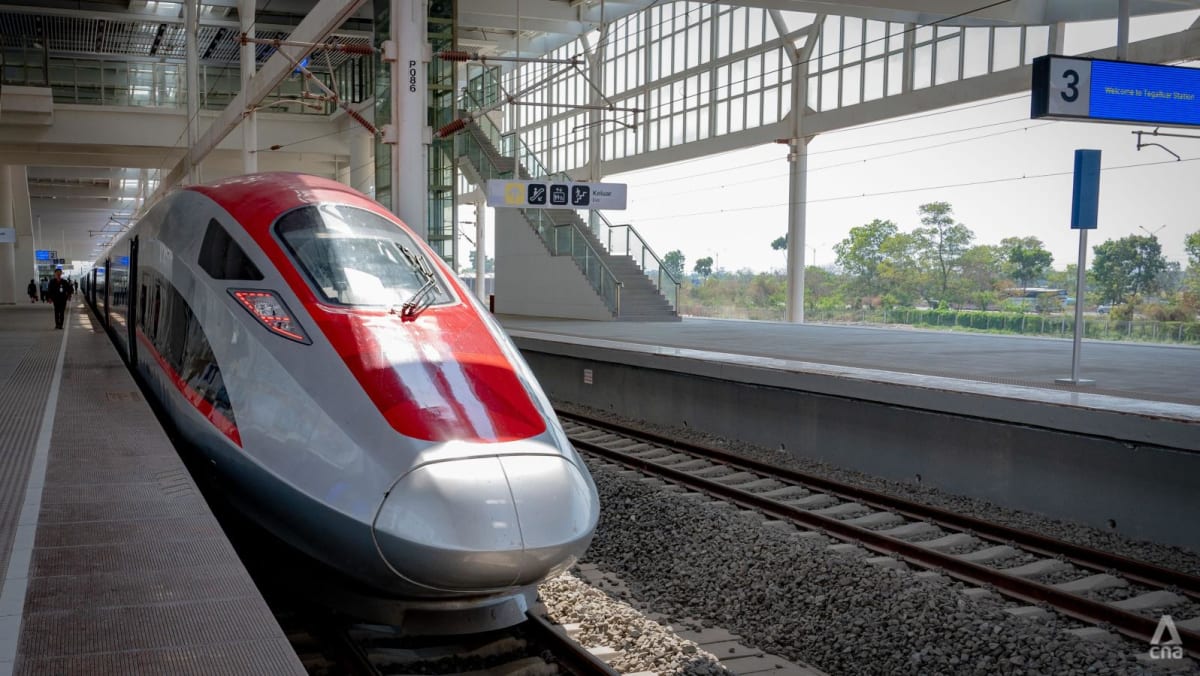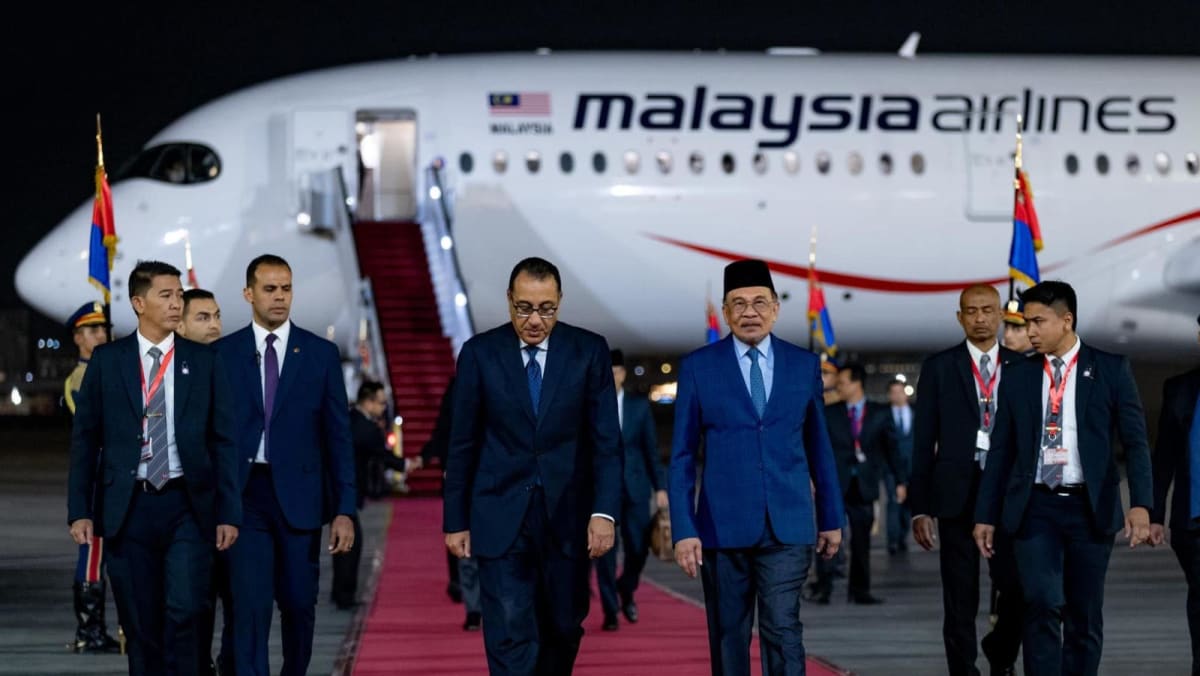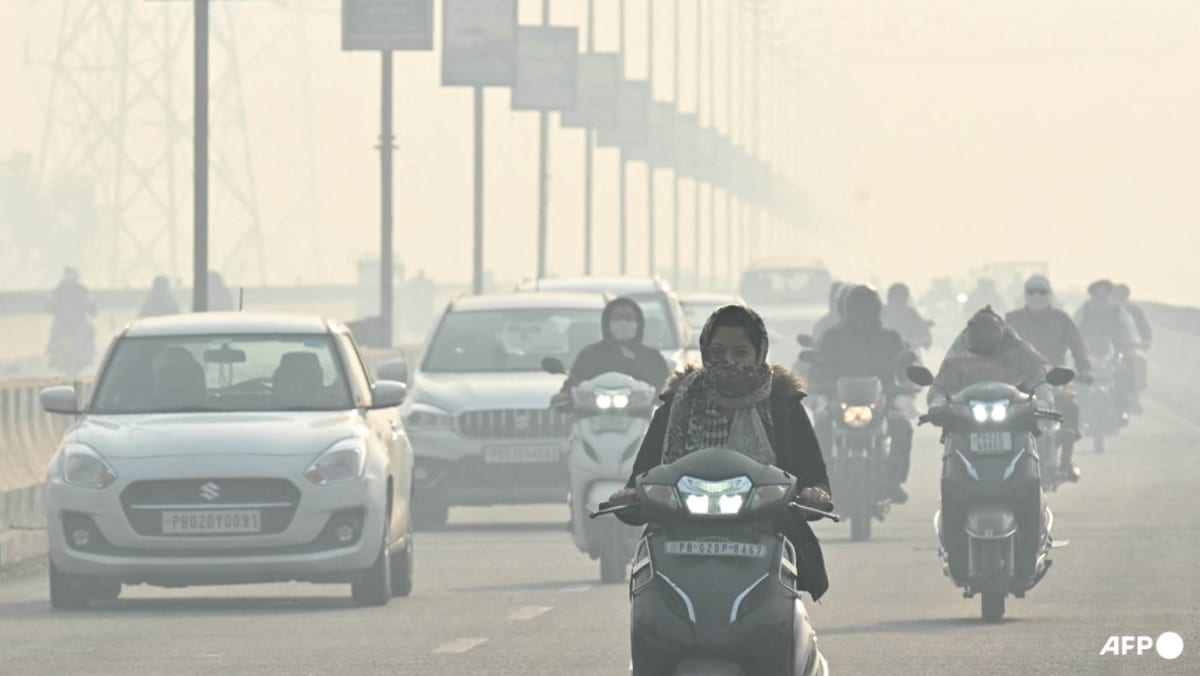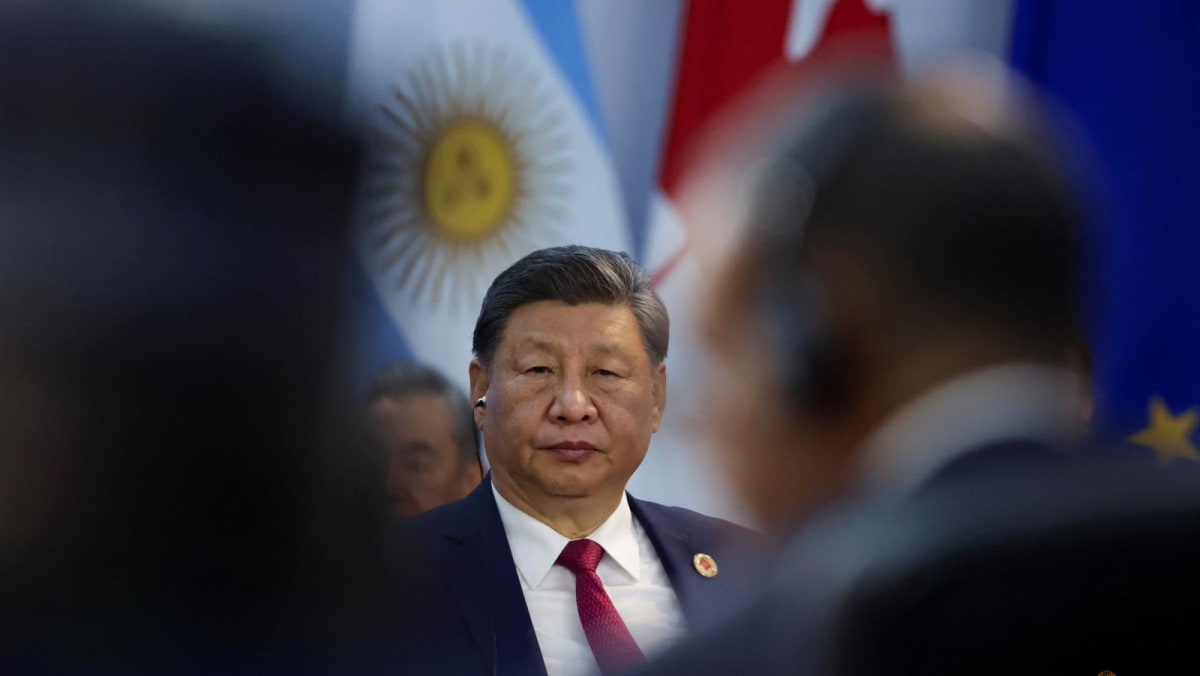‘Whoosh, yes!’: Lessons from Indonesia’s Jakarta-Bandung high-speed rail as country mulls its next fast train

According to PT Kereta Cepat Indonesia China (PT KCIC), the consortium of Indonesian and Chinese state companies building the railway, the average train occupancy of Whoosh is at about 90 per cent or about 7,000 passengers daily as of end-October. It will serve 28 daily trips in November, twice as much as last month.
In the long run, as more daily trips will be added to the schedule, KCIC aims to have 30,000 passengers daily.
The government believes there will be more passengers if Whoosh is expanded from Bandung to Surabaya since it will pass more cities and Surabaya is a major city surrounded by industrial areas.
“So we will look at this HSR (option) because if it only goes to Bandung, it is not quite enough,” said Coordinating Minister for Economic Affairs Airlangga Hartarto on Oct 11.
The government’s thinking is that with more passengers using the train, there will be more revenue, which means less time needed to pay back the debt, but economist Bhima Yudhistira from the Center of Economic and Law Studies (CELIOS) is sceptical.
He disagrees that by extending the route to Surabaya, the return on investment will be quicker and more attainable.
“It is not a guarantee because of course, the costs will be higher, and the return on investment may take longer,” said Mr Bhima.
Jakarta-based transport analyst Darmaningtyas, who goes by one name, also believes extending the route to Surabaya means a bigger budget that would pose challenges.
“Considering that the construction of the Bandung – Surabaya HSR requires a large budget, definitely more than 150 trillion rupiah, the government should really assess the urgency,” he said.
Based on Indonesia’s experience in building Whoosh, which is expected to break even in at least 40 years, Mr Darmaningtyas does not believe the private sector will be able and willing to finance the construction of another longer route as it could take too long to break even.
“The private sector will invest in profitable cases. And they need guarantees from the government so they don’t worry about losses.”
Assuming that the new lines turns out to be a collaboration again with China, analysts say its financing model will be similar to that of the Jakarta-Bandung line.
The latter was funded by China with a 75 per cent loan from China Development Bank, with the rest covered by the PT KCIC consortium in a 60:40 split between the Indonesian and the Chinese side respectively.
About 7.3 trillion rupiah was also used from the state budget to pay for the budget overrun.
Source: CNA















